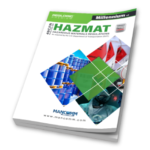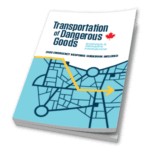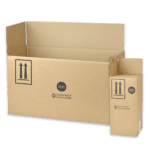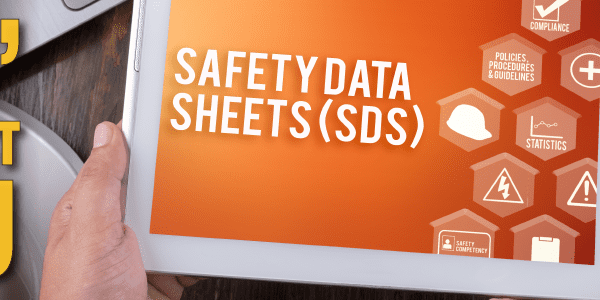Under most circumstances when you are looking to ship your dangerous goods, you can simply look at your safety data sheet in section 14, find out what the UN number is, and check the appropriate regulations to determine how to package and label it compliantly. But what if your dangerous good does not have a proper shipping name or UN number yet and you need to ship it to the appropriate lab for classification purposes? You don’t have to fear the unknown. If you have a product that you believe to be dangerous goods but are not sure what UN number or hazard class it would fall under and you want to send it to a lab to get classified, you have options if you are shipping within Canada or the United States.
United States
In the United States, there is some clarification on how to ship samples of a material to the lab for classification, but it requires a bit more legwork. Per 49 CFR 172.101 (c) (11), when a material is considered to be a hazardous waste or a sample of a material for which the hazard class is uncertain, it must be determined by testing and may be assigned a tentative proper shipping name, hazard class, identification number, and packing group. This tentative shipping name must be based on defining criteria of the 49CFR including 173.2a, the shipper’s knowledge of the material, and the following criteria must also be met below:
- Except when the word “Sample” already appears in the proper shipping name, the word “Sample” must appear as part of the proper shipping name or in association with the basic description on the shipping paper.
- When the proper shipping description for a sample is assigned a “G” in Column (1) of the § 172.101 Table, and the primary constituent(s) for which the tentative classification is based are not known, the provisions requiring a technical name for the constituent(s) do not apply
In addition, the sample must be in a combination packaging and the net mass may not exceed 2.5KG per package. Materials such as forbidden explosives, new reactive materials, new organic peroxides, and forbidden materials are not included in this section in regard to shipping samples.
Canada
In a scenario where you need to send a sample of goods to a lab for classification, Transport Canada makes it fairly easy per 1.19.1 in TDG. If you reasonably believe that the sample you are shipping is dangerous goods and the classification is unknown, Parts 2 (Classification), 3 (Documentation), 4 (Dangerous Goods Safety Marks), 5 (Means of Containment), 6 (Training) and 7 (Emergency Response Assistance Plan) do not apply to the shipment. There are some limitations to this, for example, if the samples are believed to be a gas, they have to be in a packaging that complies with the requirements of transporting gases in part 5. If the samples are not believed to be a gas, they should be in a packaging that is filled, closed, secured, and maintained so that there will be no accidental release that would endanger public safety, so UN packaging would not be a requirement. In addition, you must follow the additional guidelines below:
- The samples must be in transport for the purposes of classifying, analyzing, or testing.
- The samples are believed not to contain explosives, infectious substances, or radioactive materials.
- The dangerous goods are contained in one or more means of containment, each of which has a gross mass less than or equal to 10 kg.
- The samples are accompanied by a document that includes the name and address of the consignor and the words “test samples” or “échantillons d’épreuve.”
- Each means of containment has marked on it the words “test samples” or “échantillons d’épreuve” and the words are legible and displayed on a contrasting background.
If you are in need of a UN regulated combination package to ship your samples of dangerous goods, feel free to contact us at 1-888-442-9628.
Stay up to date and sign up for our newsletter!
We have all the products, services and training you need to ensure your staff is properly trained and informed.
 US 49 CFR Publications |
 Canadian TDG Publications |
 4G UN Combination Boxes |






